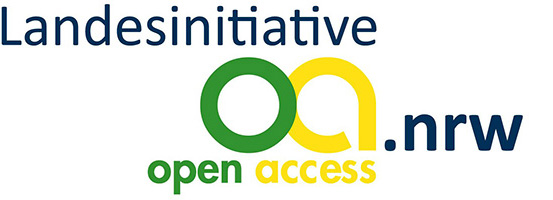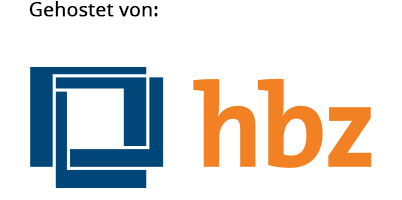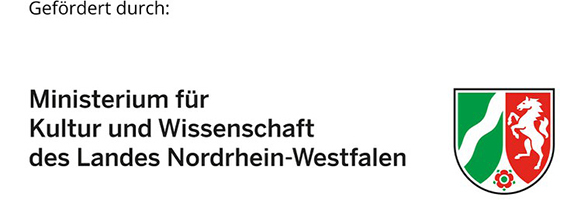Comparison of Varied 2D Mapping Approaches by Using Practice-Oriented Evaluation Criteria
DOI:
https://doi.org/10.2195/lj_proc_ziegenbein_en_202211_01Keywords:
Kartenerstellung, Kartenevaluation, Lokalisierung, Mobile Roboter, localization, map evaluation, mapping, mobile robotsAbstract
A key aspect of the precision of a mobile robot’s localization is the quality and aptness of the map it is using. A variety of mapping approaches are available that can be employed to create such maps with varying degrees of effort, hardware requirements and quality of the resulting maps. To create a better understanding of the applicability of these different approaches to specific applications, this paper evaluates and compares three different mapping approaches based on simultaneous localization and mapping, terrestrial laser scanning as well as publicly accessible building contours.Downloads
Published
2022-11-02
How to Cite
Ziegenbein, J., Schrick, M., Thiel, M., Hinckeldeyn, J., & Kreutzfeldt, J. (2022). Comparison of Varied 2D Mapping Approaches by Using Practice-Oriented Evaluation Criteria. Logistics Journal: Proceedings, (18). https://doi.org/10.2195/lj_proc_ziegenbein_en_202211_01
Issue
Section
Artikel








